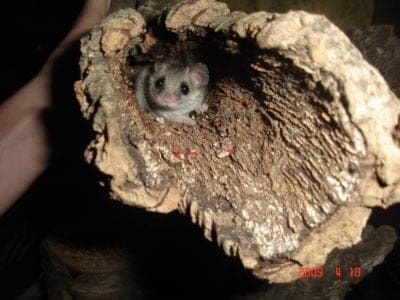Below you can find a complete list of Georgian animals. We currently track 219 animals in Georgia and are adding more every day!
Straddling the line between Eastern Europe and Western Asia, Georgia is a small country located in the mountainous Caucasus region. It is bounded by Russia to the north, Azerbaijan to the east, Turkey and Armenia to the south, and the Black Sea to the west.
Within such small territory, there is a remarkable amount of geographic variety and biodiversity, from the subtropical coastline to the fertile plains of the Kolkhida Lowland, where the legendary Argonauts supposedly sought the Golden Fleece. Much of the country is dominated by the Greater and Lesser Caucasus mountains, which run in parallel between the Black and Caspian Seas. Forests and brushlands also coat most of the land. Throughout these unique territories, many types of animals make their homes. Native species of Georgia include tur, chamois, deer, lynx, harriers, and wild goats.
The Official National (State) Animal of Georgia
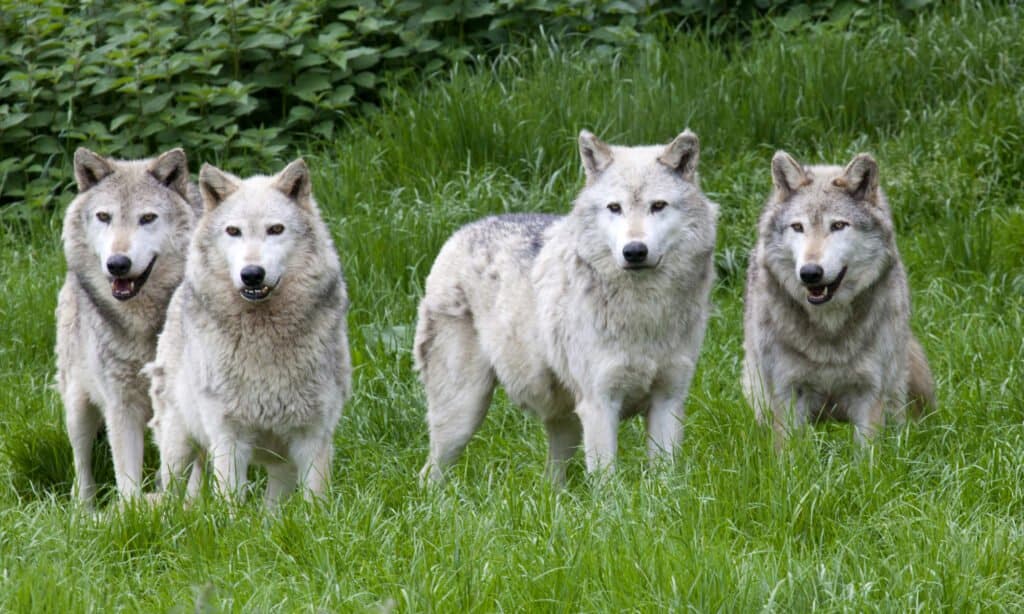
The Eurasian wolf is the unofficial animal of the country of Georgia.
©Alan Jeffery/Shutterstock.com
While the country does not necessarily have an official animal, Georgia’s coat of arms is adorned by two golden lions flanking a man on a silver domesticated horse. The unofficial national animal of Georgia is the wolf.
The wolf is an important symbol to the people of Georgia, as it has been associated with courage and strength for centuries. It represents the spirit of resilience and determination that Georgians have had throughout their history, even during times of struggle. The wolf also symbolizes protection and loyalty, which many citizens feel towards their country and its culture. Additionally, wolves are a significant part of Georgian folklore. They are often depicted in stories as wise animals who protect those who respect them. To the people of Georgia, the wolf is more than just an animal—it’s a source of national pride.
Where to Find the Top Wild Animals in Georgia
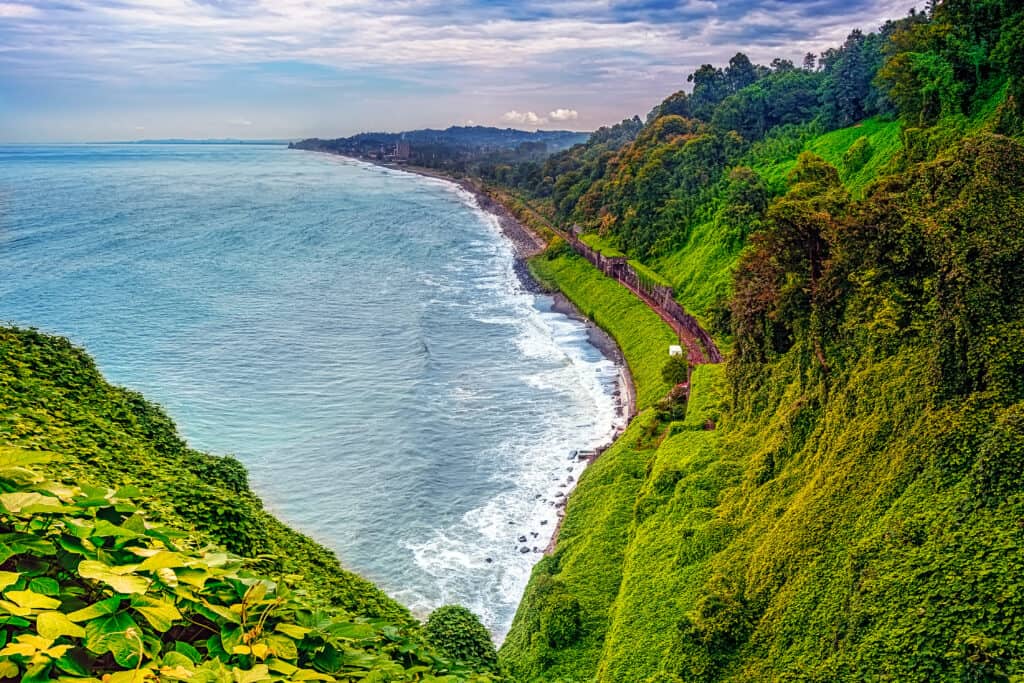
Visit the Black Sea coast of Georgia to enjoy abundant wildlife.
©Ruslan Harutyunov/Shutterstock.com
Georgia is home to a variety of incredible wildlife, and there are plenty of great spots for nature lovers to enjoy! In the mountainous regions, visitors can observe wolves, bears, lynxes, and even leopards.
For those looking for something more exotic, head south into Georgia’s subtropical climate. Here you will find gazelles, jackals, and wild boars roaming around marshlands. The Black Sea Coast is an excellent spot for birdwatchers. On any given day, you may be able to spot pelicans, flamingos, or even rare species like the red-footed falcon.
Finally, don’t forget about the rich aquatic life in Georgia’s rivers and lakes — otters, beavers, and sturgeons all call this region home! No matter where your travels take you in Georgia, one thing is certain. You’ll never run out of places to see amazing wildlife!
The government of Georgia has set aside dozens of distinctive national parks, nature reserves, and protected landscapes, representing around 7% of the entire landmass, where visitors can catch glimpses of iconic national wildlife.
- The Tbilisi National Park covers nearly a hundred square miles near the southern slopes of the Greater Caucasus mountain range. Across three winding trails, visitors can sometimes catch glimpses of red foxes, deer, jackals, lynxes, and even the elusive brown bear.
- The Borjomi-Kharagauli National Park, which covers more than 400 square miles of central Georgia, is the largest protected area in the entire country. With 12 hiking trails for visitors to explore, this unique park is home to wolves, lynxes, deer, foxes, chamois, bee-eaters, and the black grouse.
- The Javakheti National Park is a transnational protected area that joins together with Armenia’s Lake Arpi National Park on the southern border. Famous for its many lakes, the park is home to various species of local birds, including the pelican, duck, sandpiper, stork, mountain finch, stone sparrow, and hawk.
- The Lagodekhi protected area borders Russia and Azerbaijan in the densely forested northeast. While part of the park is only intended for researchers, the managed nature reserve area contains various trails winding through the alpine forests and waterfalls. The tur, deer, chamois, eagle, vulture, and lynx all live here.
- Finally, the Tusheti National Park is located a mere hundred miles away from Lagodekhi. Some of the most interesting fauna found here are the chamois, golden eagles, falcons, wild goats, wolves, lynxes, kestrels, and harriers.
The Most Dangerous Animals in Georgia
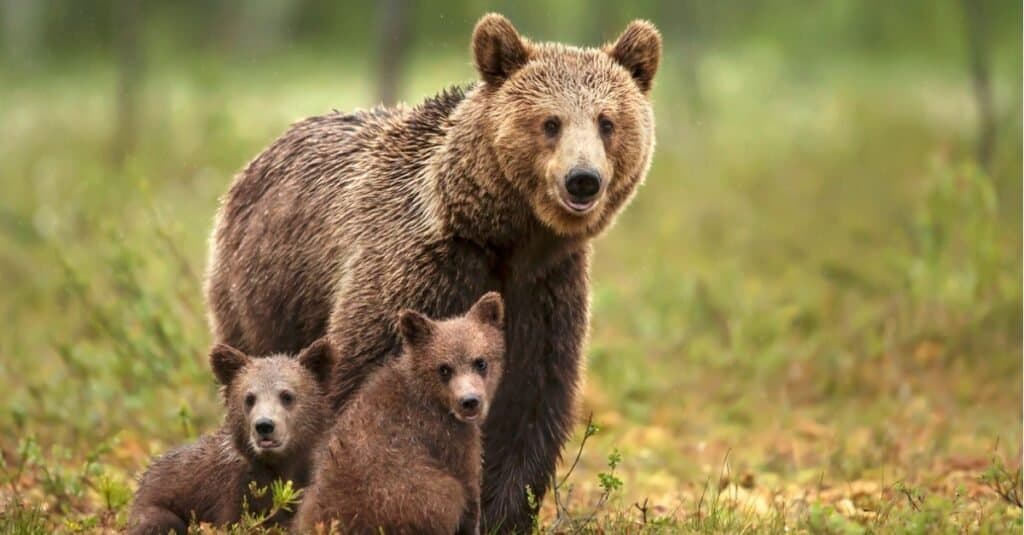
Eurasian brown bears in Georgia will attack if their cubs are threatened.
©Dgwildlife/Shutterstock.com
The Caucasus Mountains in Georgia are home to some of the world’s most dangerous animals. The brown bear is one of the most feared predators and can weigh up to 600 pounds. They will attack if they feel threatened, so it is important to be aware when traveling in their habitats. Wolves can also pose a threat, as they hunt in packs and are known to attack livestock or pets that venture too close.
Georgia has many venomous snakes, including vipers and cobras. Vipers tend to live near streams or wetlands and hide under rocks during the day before hunting at night for prey such as small mammals or birds. Cobras prefer dry habitats such as steppes, deserts, open plains, and forests where there is plenty of covered areas for them to hide from potential predators. Both types of snakes have an aggressive defensive posture, so it’s best not to come too close!
Within the many types of animals in Georgia, several species of deadly snakes and dangerous carnivores are located in the more remote parts of Georgia.
- Caucasus Viper – Also known as Kaznakov’s viper in honor of Russian naturalist Aleksandr Nikolaevich Kaznakov, this black-colored species is found in ravines and the forested slopes of the Caucasus. When it strikes, this snake delivers a potent and deadly venom. Bite victims should always seek immediate medical attention.
- Caucasian Meadow Viper – This dangerous snake is identified by its grayish-brown body and black patterns on the back. Usually found at higher elevations, this snake delivers a potent venom that travelers should best avoid.
- Eurasian Brown Bear – Despite its fearsome reputation, the brown bear does not usually attack people unless it feels personally threatened or provoked. Hikers should always be on the lookout, however, in order to avoid surprising it.
- Wolves – Georgia is home to the steppe wolf and possibly the Eurasian wolf subspecies. Wolves very rarely attack people because they either fear humans or feel uninterested in them, but deadly encounters have been known to occur. One curious fact is that the name of the country itself derives from an old Persian term that means land of the wolves.
3 Largest Animals in Georgia
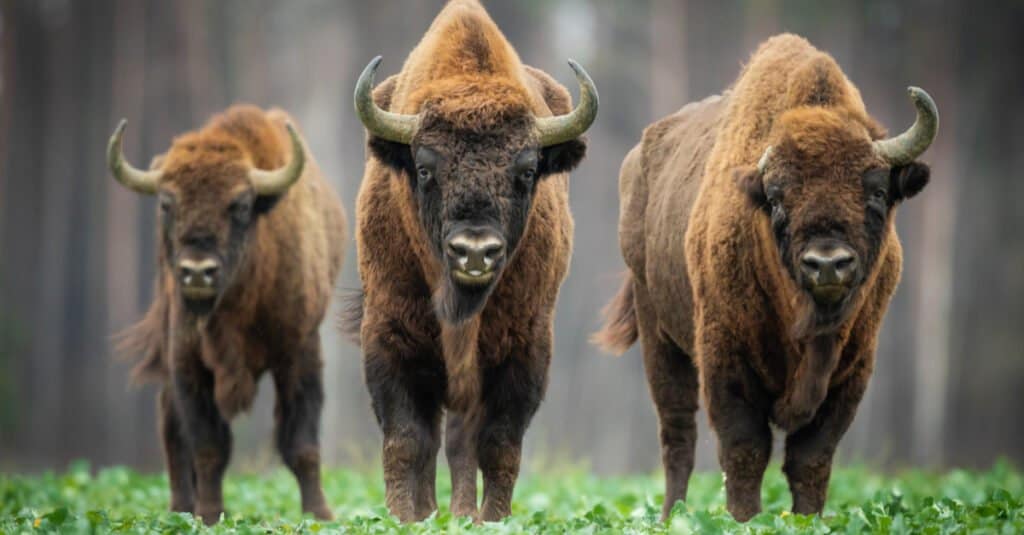
The European Bison was once extinct in many countries in Europe, but it is now being reintroduced.
©Szczepan Klejbuk/Shutterstock.com
The three largest animals in Georgia, located in Eastern Europe, are the brown bear, European bison, and wolf. The average size of a brown bear is 5-7 feet tall, and it can weigh up to 350 pounds. They inhabit deciduous forests across much of the country. Brown bears have large heads with small eyes and round ears. Their fur ranges from light tan to dark chocolate colors depending on their environment and location within Georgia.
European Bison are also found throughout the region but prefer colder climates like mountain regions or northern areas near Russia’s border. On average, these bovine creatures reach 6 feet tall when standing upright at their full height, and they can weigh up to 2200 pounds! As strong as they appear, these gentle giants have shaggy coats that range from deep black to reddish-brown colors depending on age and season.
Finally, we have wolves which are natively found in woodlands or meadows with thick vegetation providing cover for them near rivers or streams where food is abundant such as fish, deer, or other smaller mammals. Adult wolves typically stand around 3 feet tall, weighing between 45 – 175 lbs. However, some larger specimens may be seen reaching nearly 200 lbs! These predators usually travel alone though packs of 4–6 individuals may form during mating seasons when looking for partners or expanding territories among rival species like coyotes and foxes who share similar habitats across Georgia’s varied landscape.
3 Rarest Animals in Georgia
The country of Georgia in Eastern Europe is home to many rare species of animals, some of which are found nowhere else in the world. These animals have become rare due to a number of factors, including habitat loss and overhunting. Let’s take a look at three distinct species that exist only within the borders of this unique nation.
The first animal we will discuss is the Caucasian Wisent, also known as the European bison. This large mammal can be found in the Caucasus Mountains and can reach heights up to 6 feet tall and weights up to 2200 pounds! The Caucasian wisent is critically endangered due to hunting and loss of suitable habitats caused by urbanization. They prefer mountainous regions with meadows or forests where they graze on grasses and shrubs for sustenance.
The next animal we will talk about is the Persian Leopard, an incredibly majestic creature endemic only to Iran and Georgia’s Lesser Caucasus Mountains range. Currently listed as Endangered by IUCN Red List, their numbers have been reduced drastically due to illegal hunting for fur trade purposes. Other factors, such as poaching for traditional medicine ingredients or mistaken identity cases, are causing their numbers to decline. It prefers residing in forested areas with plenty of prey available, like deer or wild boar but has been spotted living close to human settlements too. The Persian Leopard is an incredibly majestic creature endemic only to Iran and Georgia’s Lesser Caucasus Mountains range.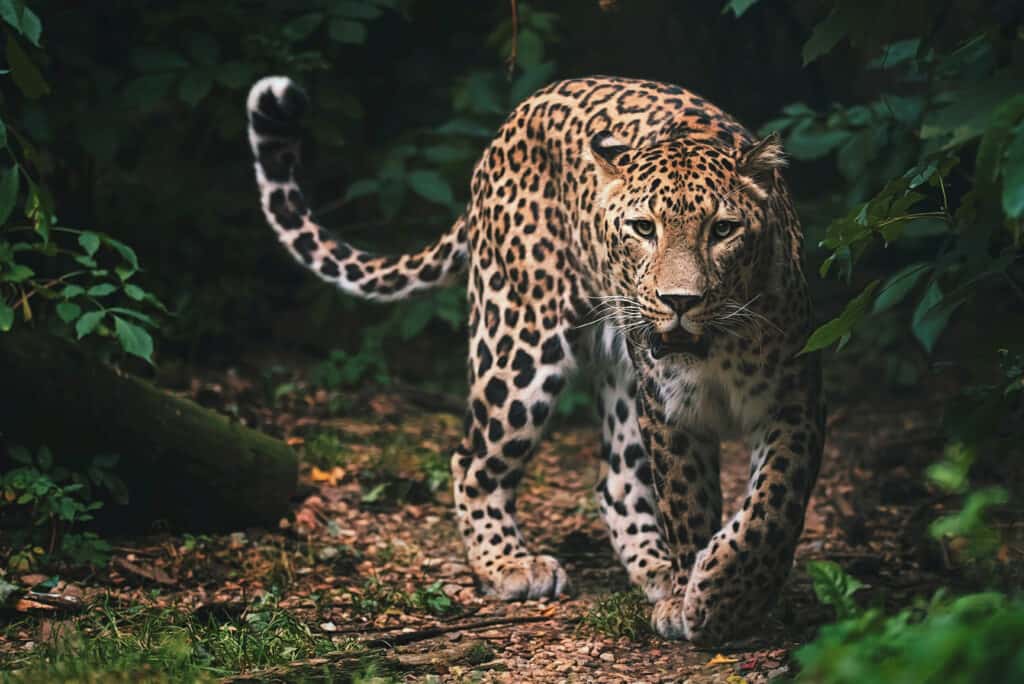
©Ondrej Chvatal/Shutterstock.com
The Eurasian Lynx is a wild cat species native to Georgia and most of Europe, as well as parts of Central Asia and Siberia. It is the largest of all lynxes, with males reaching weights up to 66 lb. The Eurasian Lynx has a thick coat that varies in color from yellowish-brown to grey, depending on its habitat. Its fur also stands out due to the black tufts on the tips of its ears and the two parallel stripes that run along its back. This elusive creature mainly stays in dense forests where it can hunt for birds, small mammals such as hares or rodents, and fish, among others. Despite being listed as Least Concern by the IUCN Red List since 2008 due to populations increasing across some European countries, this species faces threats from human activities such as poaching and deforestation. The Eurasian lynx is a rare animal to spot in the country of Georgia. They are very sneaky cats. ©iStock.com/Murmakova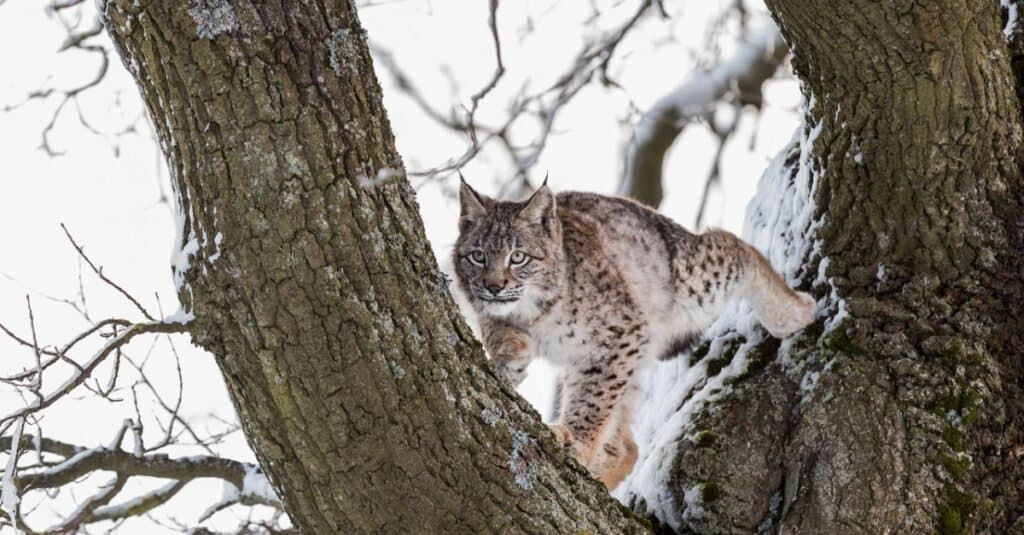
Native Birds
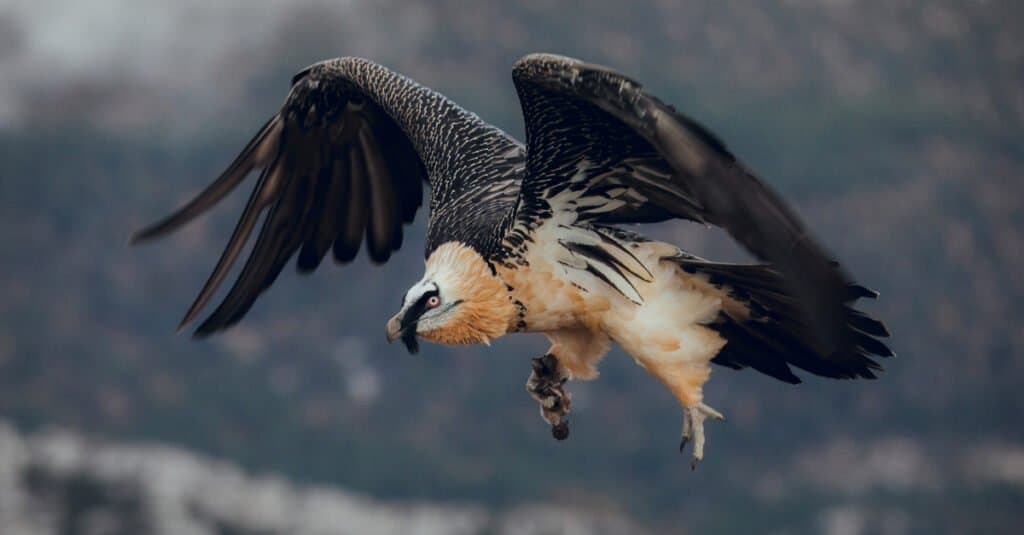
The bearded vulture is a majestic, large bird to spot in the country of Georgia.
©Aitor Lamadrid Lopez/Shutterstock.com
Flying and nesting among the various ecosystems of Georgia are hundreds of unique and exquisite bird species. The country itself is 40 percent covered in forest, 5 percent of which has been unaltered by humans. Almost half of this forest has also retained its original structure. These forests are home to around 330 species of birds. Visiting birdwatchers tend to seek “the big five:.”
- Caucasian snowcock
- Caucasian black grouse
- Great rosefinch
- Güldenstädt’s Redstart
- Caucasian Chiffchaff
Other exciting species include:
- Bearded Vulture
- White-winged Snowfinch
- Water Pipit
- Long-legged Buzzard
- Horned Lark
Some of the hotspots for birding are Batumi, Tergi Valley, Djandara Lake, Zekaris Pass, and Lagodekhi NR. Springtime is the ideal time to visit, as most of the sought-after species are viewable at lower altitudes than during the off-season.
Native Fish
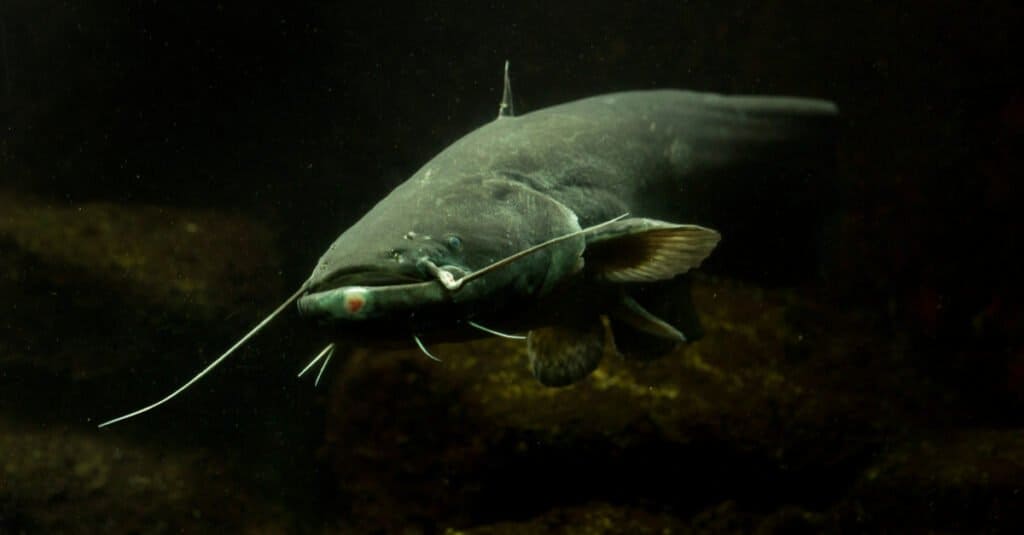
Wels catfish inhabit rivers in the country of Georgia.
©Podolnaya Elena/Shutterstock.com
Contributing to the presence of unique and popular wildlife are the various environments of Georgia, including the lakes, rivers, and oceans present within. Despite its border relationship with the Black Sea, freshwater fishing is especially prominent in the country. Mountain rivers teem with trout. However, carp may be a more plentiful species to find in lakes and in rivers. Overall, common fish species in the freshwaters of Georgia include:
Catching trout is best done through fly fishing in rivers. Sea fishing is also available in the Black Sea for popular species like horse mackerel.
Native Snakes
Snakes are an important part of the country’s ecosystem, as they keep populations of rodents and other pests from becoming too large. Out of the 26 species present in Georgia, the blunt-nosed Viper (Vipera lebetina) is considered to be one of the most venomous.
Although snake bites are not common occurrences, it is still important to take precautions when exploring nature in Georgia. Some tips for avoiding snakes include wearing long pants and closed-toe shoes while hiking or camping, avoiding tall grassy areas where snakes may hide, and being aware that some species may be active at night. If a bite does occur, seek medical attention immediately — even if you don’t think it was poisonous! Smooth green snakes have smooth scales along their backs.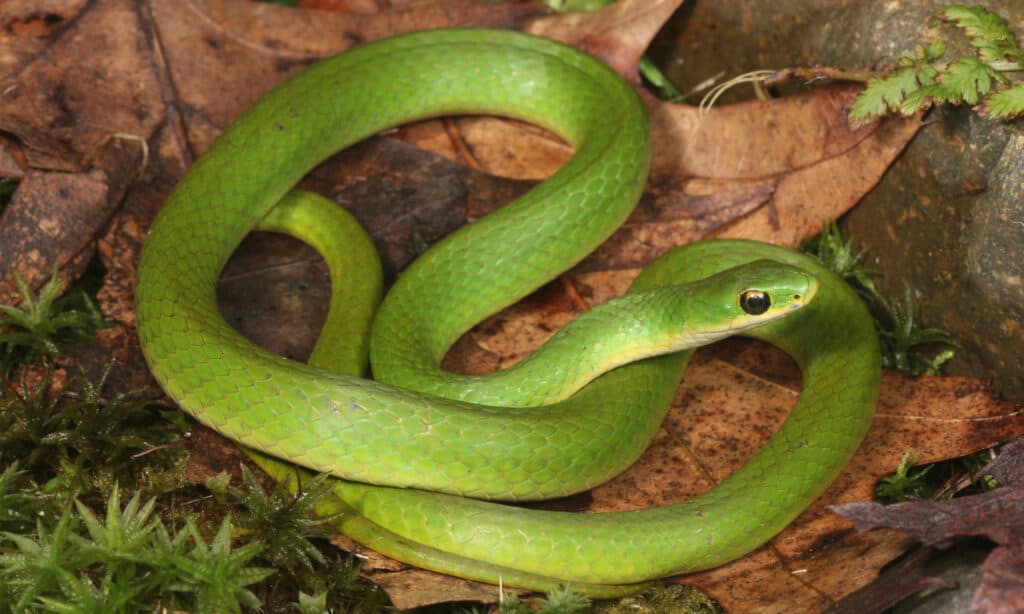
©iStock.com/tamers1
- The Leopard Snake – This snake is a species of colubrid native to Georgia and other parts of Eastern Europe. It has a brownish-yellow or tan coloring with dark spots that form stripes along its body, resembling the pattern on a leopard’s fur.
- The Smooth Snake – This species is found in central and eastern parts of Georgia, typically inhabiting meadows and cultivated fields near water sources such as rivers, lakes, and ponds. Its coloration varies from gray to yellowish-brown with darker markings across its back.
- The European Rat Snake – This species can be found throughout much of Eastern Europe, including some parts of Georgia like the Abkhazia region, where it lives in rocky areas close to human settlements such as farmyards or even cities’ outskirts where it feeds on small rodents like mice and rats among other animals. It usually has an olive green coloration with pale stripes down its sides and head area. However, some varieties display different colors, from light browns to yellows, too, due to their adaptation abilities over time into different habitats within the country.
- Grass Snakes – These snakes inhabit wetland areas all around Georgia, being particularly common in marshy regions near lake shores or riverbanks during summertime when they feed mostly on frogs, earthworms, slugs, and sometimes fish larvae. They have slender bodies which range in color between blacks, greens, greys, blues, or mixed tones.
Zoos in Georgia
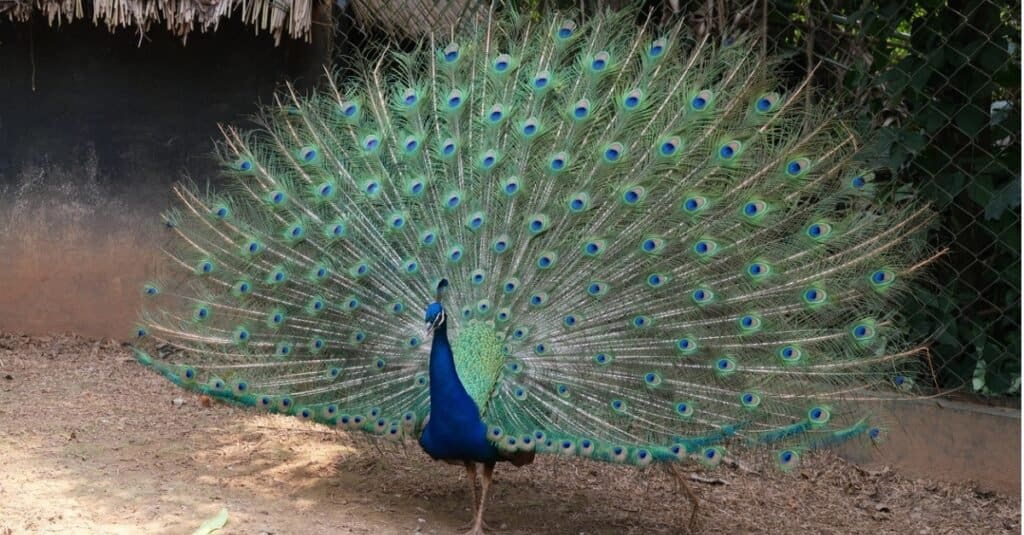
Peacocks are big, colorful pheasants with a reputation for their lustrous tails. See them at a Georgia zoo.
©iStock.com/Robert Way
While the country offers plentiful natural flora and fauna, visitors may also want to check out the native and exotic species on exhibit in the zoos and botanical gardens of the country.
- Tbilisi Zoo – Centrally located, this is the oldest and largest zoo in Georgia. An unfortunately devastating flood took out part of the zoo and its inhabitants back in 2015, leaving it to rebuild. Now the zoo hosts hundreds of species of birds, reptiles, mammals, and insects, along with extravagant plant life.
- Zootopia – A paradise for animal lovers, this zoo allows visitors to interact with certain species, like rabbits and hedgehogs.
There are also multiple aquariums sporting tropical fish and sea mammals. The zoos in Georgia aim to educate locals and foreign visitors on native and exotic species in order to help better protection efforts made for important animals.
The Flag of Georgia
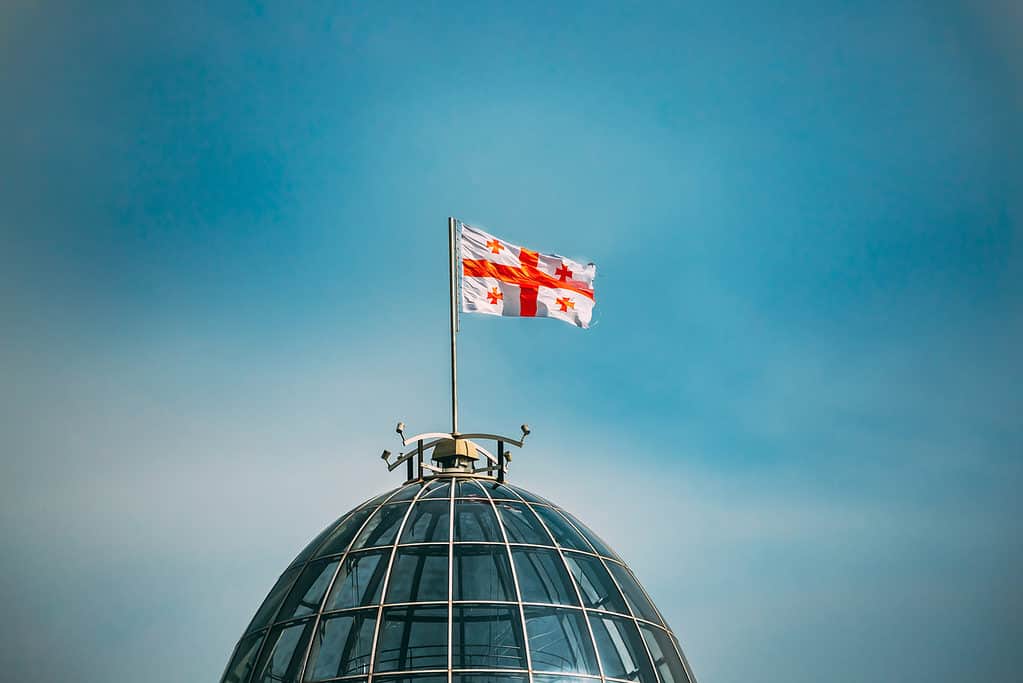
Tbilisi, Georgia. Flag Of Georgia, Five Cross Flag, Waving On Flagpole On Presidential Administration Palace, Avlabari Residence Roof. Close Up.
©iStock.com/bruev
The flag of Georgia, a country located in Eastern Europe, is made up of a white field with four small red crosses in each corner and one large red cross that touches all four sides. The colors used are very symbolic – the white background represents peace and purity, while the red color stands for courage and sacrifice. The five crosses represent Jesus Christ’s wounds from his crucifixion, as well as the five Holy Wounds inflicted on Georgian martyrs during their struggle for independence from foreign rule.
The country of Georgia celebrates both Flag Day and Independence Day. Flag Day is celebrated on January 14th each year, which commemorates the day in 2004 when the Georgian flag was adopted by Parliament. This date also marks the beginning of a new era for Georgia, as it declared its independence from Russia following the dissolution of the Soviet Union. On May 26th, Independence Day is celebrated to mark another significant event in Georgian history: when they officially regained their sovereignty as a nation after centuries of foreign rule and occupation. Both days are important to Georgians who come together to share their appreciation for their beloved country and celebrate all that it stands for!
Endangered Animals in Georgia
The animals in the country of Georgia are becoming endangered and extinct due to a number of factors, including habitat destruction from industrialization, climate change, poaching, and illegal wildlife trade. As industries expand across the country, their need for resources leads to deforestation, which destroys natural habitats for many species.
Climate change has also had an impact on animal populations as extreme weather patterns disrupt their natural food sources or migration paths. Additionally, poaching is still a major issue in some parts of the country, as poachers hunt wild animals illegally for commercial gain or subsistence needs.
Furthermore, there is also an illegal wildlife trade of rare and exotic species that threaten native animal populations by removing them from their habitats or introducing foreign diseases into local ecosystems. All these negative influences have caused animal populations in Georgia to decline dramatically over recent years and put several species at risk of extinction if nothing is done to protect them soon.
- Persian Leopard – The Persian leopard once had a historic range that stretched all over the Caucasian region. But extensive trophy hunting and habitat loss have taken their toll on this subspecies. Only a few individuals are known to remain in Georgia.
- West Caucasian Tur – This is a unique species of mountain-dwelling goat-antelopes native to the Caucasus. Now endangered from unrestricted hunting, it is estimated that only 5,000 to 6,000 individuals remain in the wild.
- Caucasus Viper – One of the most dangerous animals in Georgia is also one of the most endangered. Population numbers are in decline from tourism, agriculture, and urban development.
- Bastard Sturgeon – Once abundant throughout the Black and Caspian Seas, it’s believed that a small population may still remain in the Rioni River.
Read about the best national parks in Georgia. Also, read about the most beautiful waterfalls in Georgia.
Georgian Animals
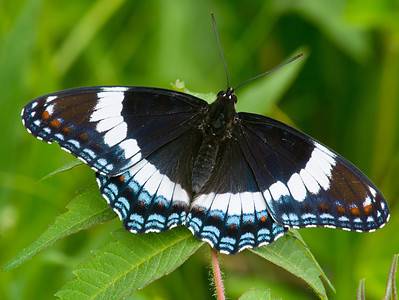
Admiral Butterfly
Stunningly beautiful wings
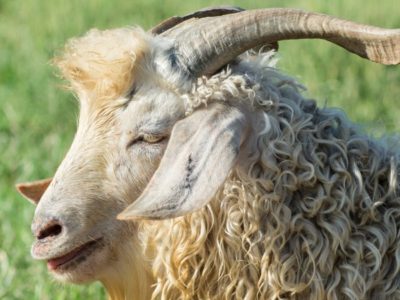
Angora Goat
Each adult Angora goat produces about 12 inches of mohair annually while kids have about 8 inches.

Ant
First evolved 100 million years ago!

Armyworm
They are so named because they "march" in armies of worms from one crop to another in search of food
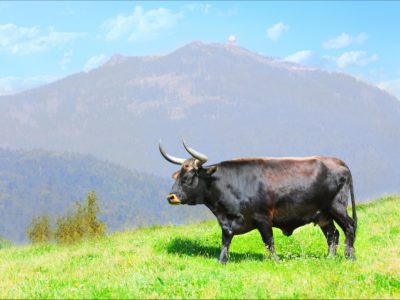
Aurochs
Extinct ancestor of all domesticated cattle!
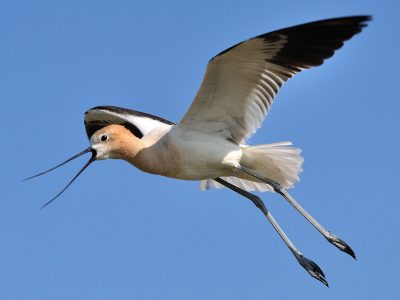
Avocet
Has a curved, upturned beak!
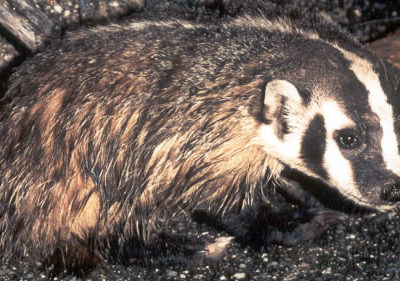
Badger
Can reach speeds of 30 km/h!

Barn Owl
Found everywhere around the world!

Barn Swallow
Older offspring help care for new hatchlings.

Bat
Detects prey using echolocation!

Bed Bugs
Bed bugs feed for 4-12 minutes.

Bee
Rock paintings of bees date back 15,000 years

Beetle
There are more than 350,000 different species
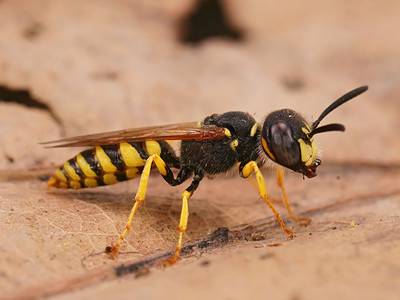
Beewolf wasp
They hunt bees

Bird
Not all birds are able to fly!

Biscuit Beetle
The biscuit beetle form a symbiotic relationship with yeast

Black Widow Spider
They typically prey on insects!
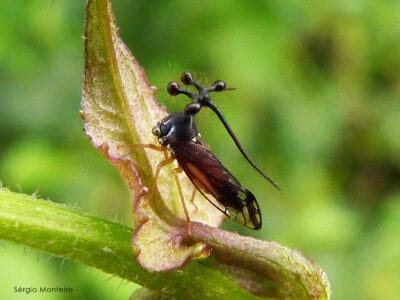
Brazilian Treehopper
“Mild-Mannered Minimonsters”
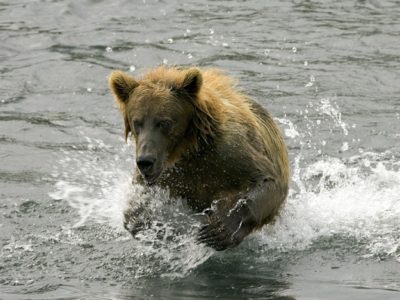
Brown Bear
A dominant predator in it's environment!

Brown Dog Tick
Can live its entire life indoors
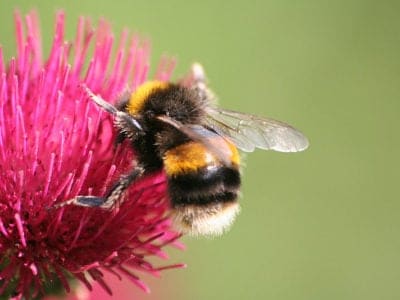
Bumblebee
The most common species of bee!

Butterfly
There are thought to be up 17,500 species!

Camel Cricket
The camel crickets that are found in the USA are light brown in color. They also have dark streaks all over their body.

Carpenter Ant
Carpenter ants can lift up to seven times their own weight with their teeth!

Cat
May have been domesticated up to 10,000 years ago.

Caterpillar
The larvae of a moth or butterfly!

Catfish
There are nearly 3,000 different species!
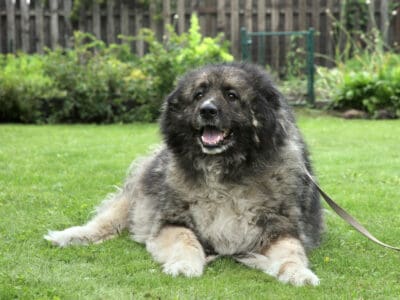
Caucasian Mountain Dog (Shepherd)
The Caucasian mountain dog may look intimidating, but they are actually gentle, affectionate, and loyal family companions
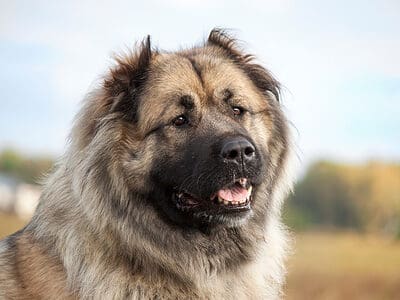
Caucasian Shepherd
These former bear-hunting dogs are used today as prison guard dogs in Russia.

Centipede
There are about 3,000 documented species!
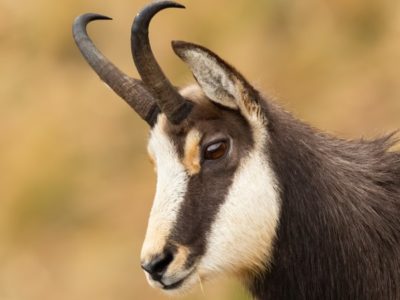
Chamois
Natively found in the European mountains!

Chicken
First domesticated more than 10,000 years ago!
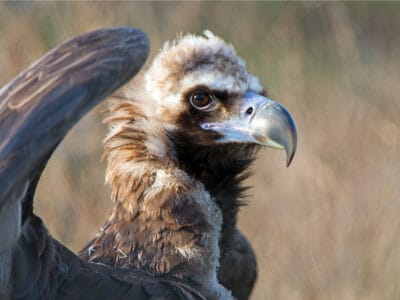
Cinereous Vulture
This vulture can fly at great heights. At least one was found a few thousand feet from the top of Mount Everest.

Cockroach
Dated to be around 300 million years old!

Codling Moth
Pupae are able to undergo diapause to survive poor fruit yield years and winter.
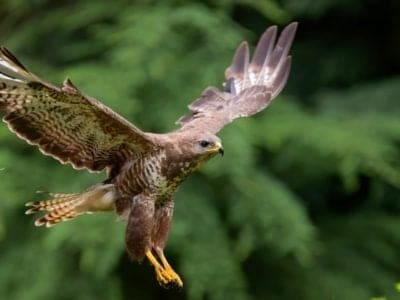
Common Buzzard
The most common raptor in the UK!
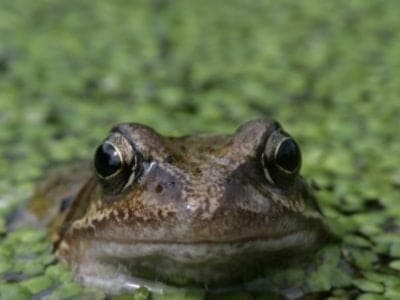
Common Frog
Found throughout the European continent!

Common Furniture Beetle
The common furniture beetle feeds exclusively on wood

Common House Spider
House spiders have the ability to eat most insects in a home.
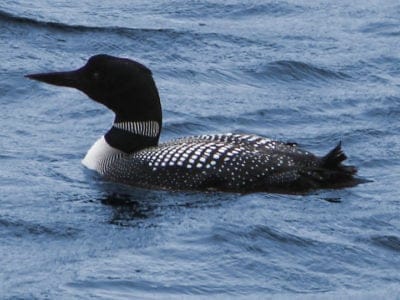
Common Loon
Also known as the Great Northern Diver

Common Raven
A group of ravens is called an unkindness or a conspiracy.
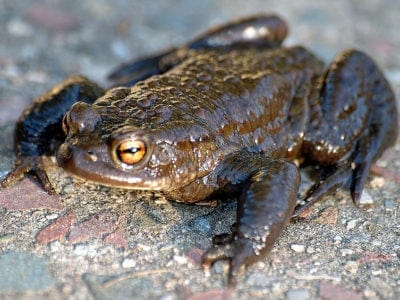
Common Toad
Most active in wet weather!

Cormorant
They can fly 35 mph and dive 150 feet below water.

Cow
There are nearly 1.5 billion worldwide!

Crab
There are 93 different crab groups

Crab Spider
Crab Spiders can mimic ants or bird droppings
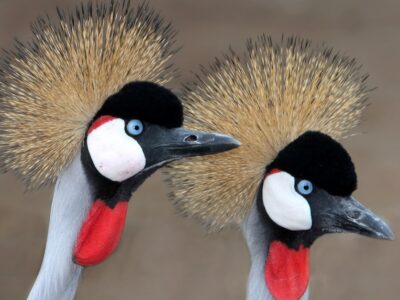
Crane
Many are critically endangered species!

Cricket
Male crickets can produce sounds by rubbing their wings together

Crow
A group of these birds is called a Murder.
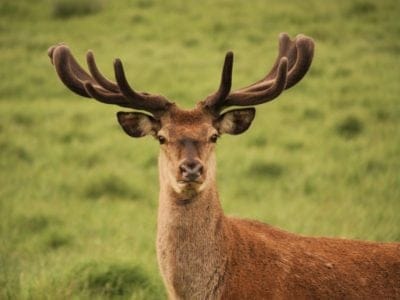
Deer
There are around 40 different species!

Dog
First domesticated in South-East Asia!

Dog Tick
Dog ticks feed on dogs and other mammals

Donkey
First domesticated 5,000 years ago!

Dragonfly
It's larvae are carnivorous!

Duck
Rows of tiny plates line their teeth!

Dung Beetle
The dung beetle can push objects many times its own weight
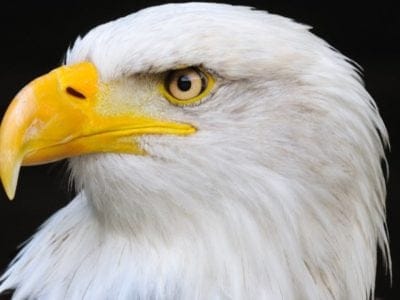
Eagle
Has exceptional eyesight!

Earthworm
They are hermaphrodites, which means they have male and female organs

Earwig
There are nearly 2,000 different species!
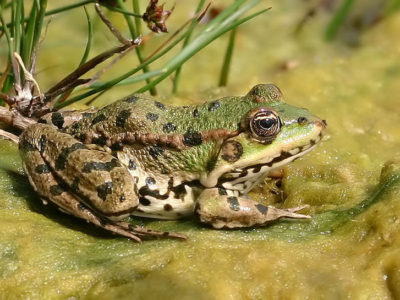
Edible Frog
Are known to guard the muddy banks!

Eel
Eels can be a mere few inches long to 13 feet!
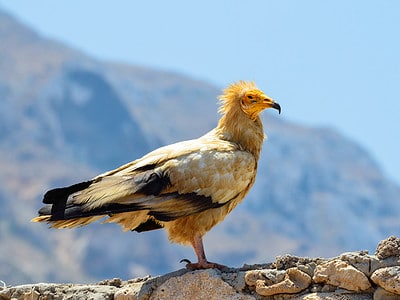
Egyptian Vulture
They steal large ostrich eggs and use rocks and pebbles to crack the shells.
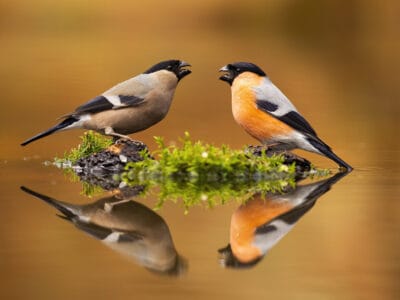
Eurasian Bullfinch
The shy eurasian bullfinch prefers to forage very close to cover.
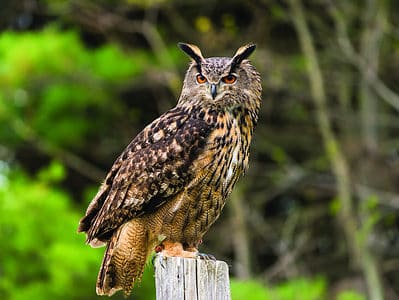
Eurasian Eagle-owl
The Eurasian Eagle-owl is the second largest owl in the world with a wingspan up to six feet!
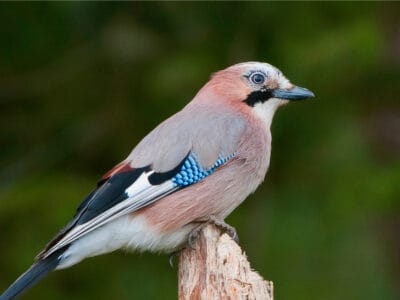
Eurasian Jay
The Eurasian jay has the ability to mimic other sounds
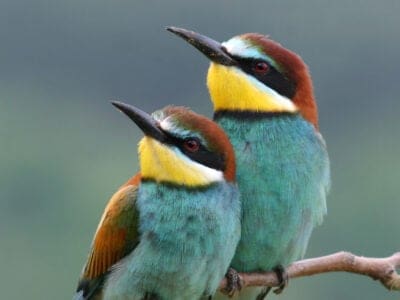
European Bee-Eater
They can eat up to 250 bees per day!
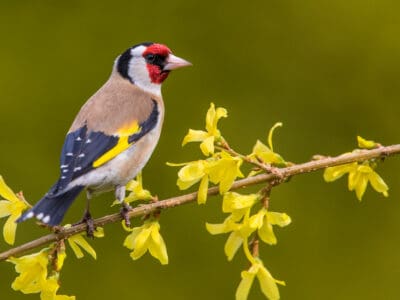
European Goldfinch
They are frequent visitors to backyard feeders, especially those containing niger seeds.

European Robin
Male robins are so aggressive and territorial that they will attack their own reflections.

Falcon
The fastest creatures on the planet!

False Widow Spider
False spiders actually prey on black widow spiders and other hazardous spiders
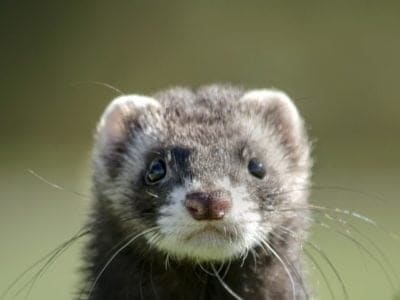
Ferret
Ferrets can be trained to do tricks like dogs!
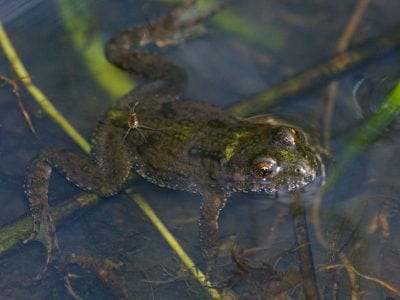
Fire-Bellied Toad
Found across mainland Europe and Asia!

Firefly
The firefly produces some of the most efficient light in the world

Flea
Adult fleas can jump up to 7 inches in the air

Fly
There are more than 240,000 different species!
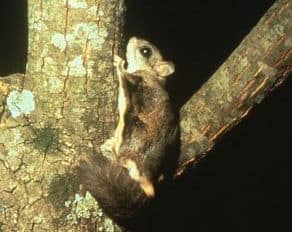
Flying Squirrel
Can glide up to 90 meters!
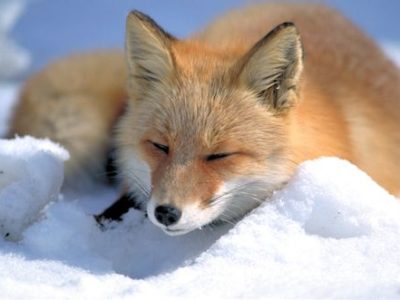
Fox
Only 12 species are considered "true foxes"

Frog
There are around 7,000 different species!

Fruit Fly
Fruit flies are among the most common research animals in the world

German Cockroach
The most common type of urban roach
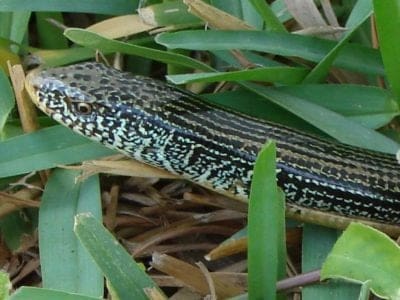
Glass Lizard
Can grow up to 4ft long!

Glowworm
Found inhabiting dense woodland and caves!

Gnat
Males form large mating swarms at dusk
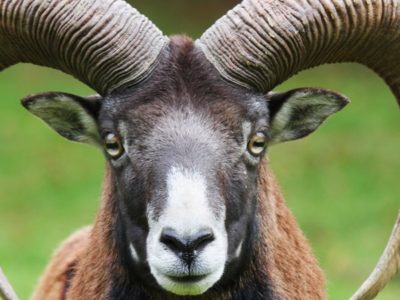
Goat
Most closely related to the Sheep!
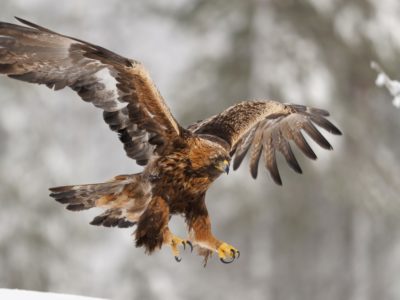
Golden Eagle
Their calls sound like high-pitched screams, but they are quiet most of the time.
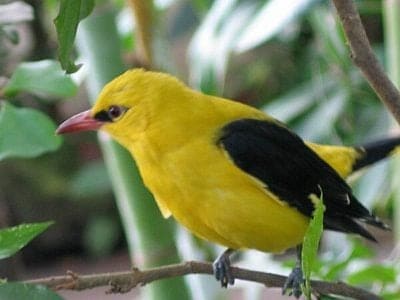
Golden Oriole
Migrates between Europe and Asia!
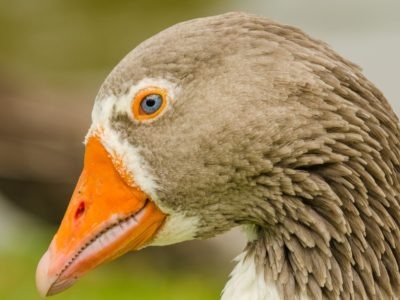
Goose
There are 29 different species!

Grasshopper
There are 11,000 known species!

Gypsy Moth
One of the most invasive species in the world

Hamster
Able to run as quickly backwards as forwards!

Hare
Can reach speeds of over 50 mph!

Hawk Moth Caterpillar
Many hawk moth caterpillars eat toxins from plants, but don’t sequester them the way milkweed butterflies do. Most toxins are excreted.
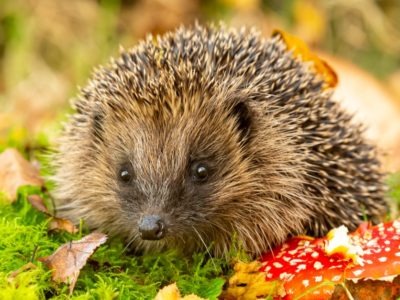
Hedgehog
Thought to be one of the oldest mammals on Earth!

Heron
Inhabits wetlands around the world!
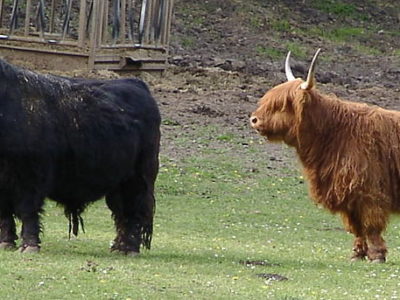
Highland Cattle
Natively found in the Scottish Highlands!

Honey Bee
There are only 8 recognized species!
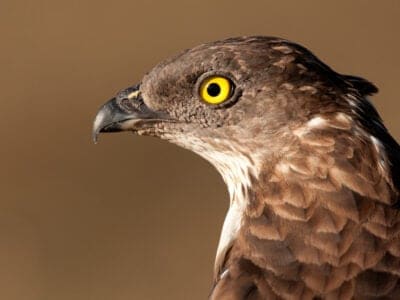
Honey Buzzard
Honey buzzards are medium-sized raptors that earned their names by raiding the nests of bees and wasps.
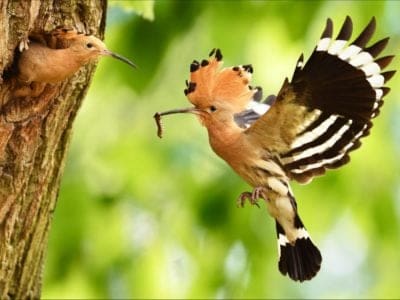
Hoopoe
Stunning bird with a stinky way to deter predators!

Horse
Has evolved over 50 million years!

Horsefly
Horseflies have been seen performing Immelmann turns, much like fighter jets.

Housefly
The fly has no teeth

Human
Thought to have orignated 200,000 years ago!

Huntsman Spider
Some huntsman spiders have an interesting way of moving around. Some cartwheel while others do handsprings or backflips.

Insects
There are an estimated 30 million species!
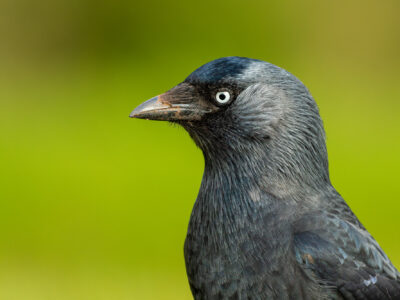
Jackdaw
The jackdaw tends to mate for life with a single partner

Jumping Spider
Some can jump 50 times the length of their bodies

Kingfisher
Inhabits wetlands and woodlands worldwide!

Ladybug
There are more than 5,000 species worldwide!

Leech
Has 10 pairs of eyes!
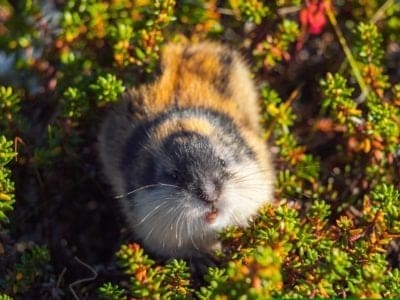
Lemming
Does not hibernate during the bitter Arctic winter!
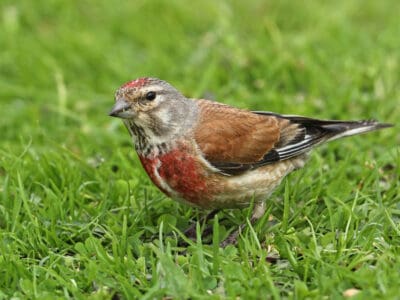
Linnet
While linnets are monogamous during mating season, they do not mate for life. While breeding pairs are together, the males are highly territorial and will defend the nesting site and the surrounding area.

Lizard
There are around 5,000 different species!

Locust
Each locust can eat its weight in plants each day.
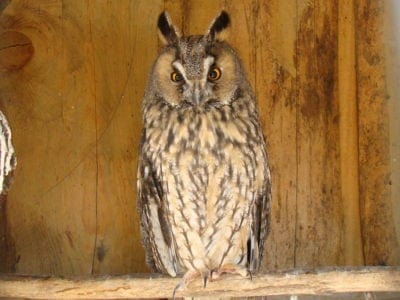
Long-Eared Owl
Ear tufts make it look bigger!
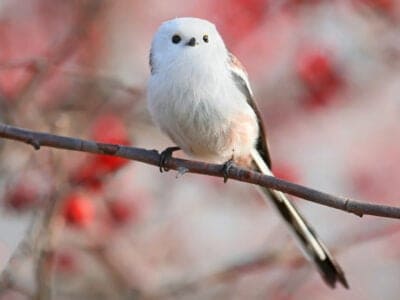
Long-Tailed Tit
Often hangs upside down while feeding!
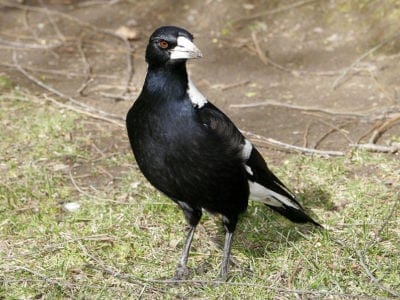
Magpie
They are found across Europe, Asia and Africa!
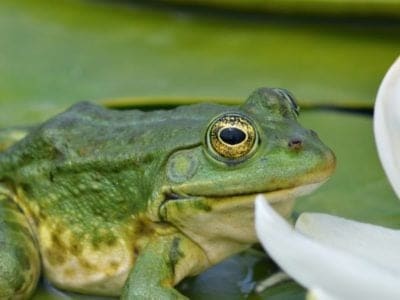
Marsh Frog
Has bright green skin!

Mayfly
There are 2,500 known species worldwide!

Mealybug
They have a symbiotic relationship with ants.

Millipede
Some species have a poisonous bite!

Mole
Primarily hunts and feeds on Earthworms!

Mongrel
Has characteristics of two or more breeds!

Moorhen
Feeds on aquatic insects and water-spiders!

Mosquito
Only the female mosquito actually sucks blood

Moth
There are 250,000 different species!

Mouse
Found on every continent on Earth!

Mule
The offspring of a horse and donkey parents!
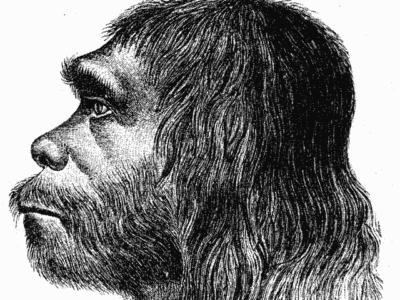
Neanderthal
Roamed Asia and Europe for around 100,000 years!

Nematode
Nematodes range in size from 1/10 of an inch to 28 feet long

Newt
Able to regrow lost or damaged limbs!
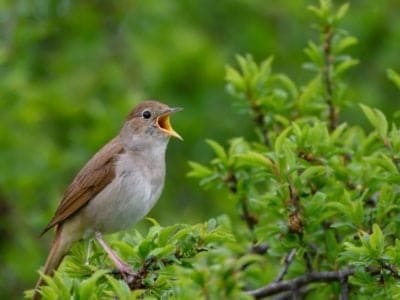
Nightingale
Named more than 1,000 years ago!

No See Ums
There are more than 5,000 species.
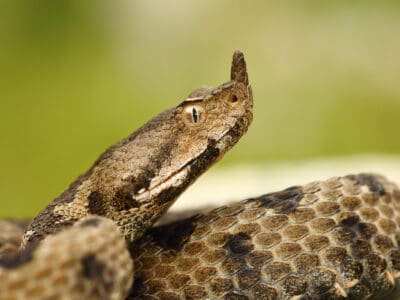
Nose-Horned Viper
The fangs of a nose-horned viper can be as long as half an inch!

Orb Weaver
Females are about four times the size of males
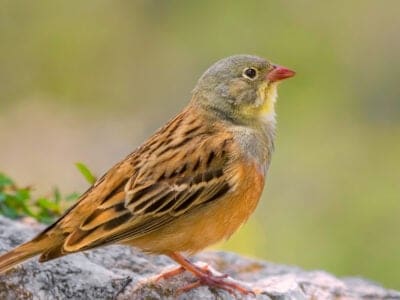
Ortolan Bunting
The tradition of hiding your face with a napkin or towel while eating this bird was begun by a priest who was a friend of the great French gastronome Jean Anthelme Brillat-Savarin.

Osprey
They reuse nesting sites for 70 years!

Otter
There are 13 different species worldwide

Owl
The owl can rotate its head some 270 degrees
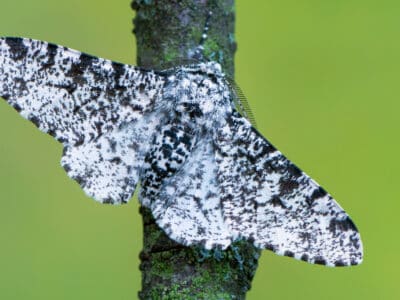
Peppered Moth
Teachers in schools often use the evolution of the peppered moth as a good example of Darwin’s theory of natural selection.

Peregrine Falcon
Fastest animal on Earth

Pheasant
Females lay between 8 and 12 eggs per clutch!
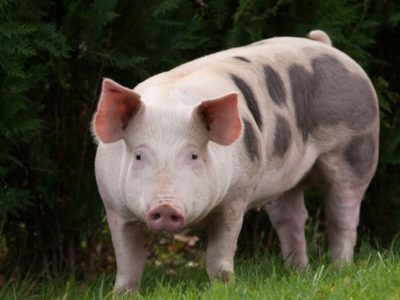
Pig
Thought to have been domesticated in 9,000 BC!

Pigeon
They can find their way back to their nests from up to 1300 miles away.
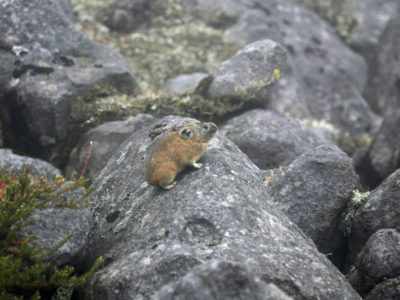
Pika
Found in mountainous regions and rocky areas
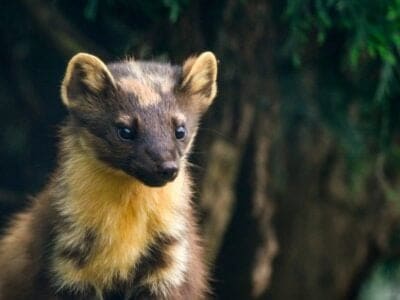
Pine Marten
A pine marten can jump from tree to tree similar to a squirrel.
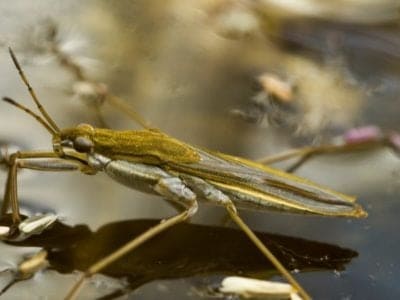
Pond Skater
There are 500 different species!
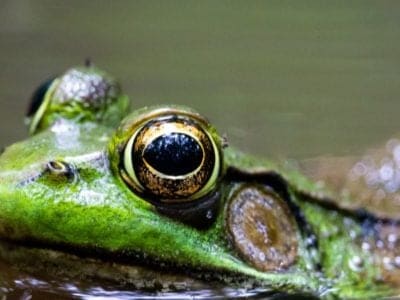
Pool Frog
The rarest amphibian in the UK!
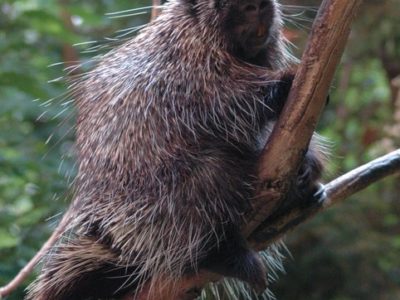
Porcupine
There are 30 different species worldwide!
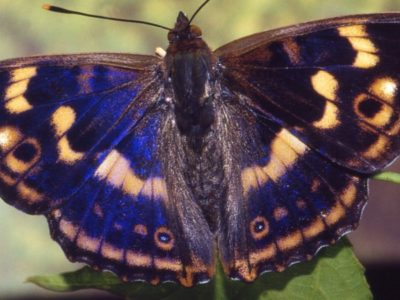
Purple Emperor Butterfly
Inhabits deciduous forests!
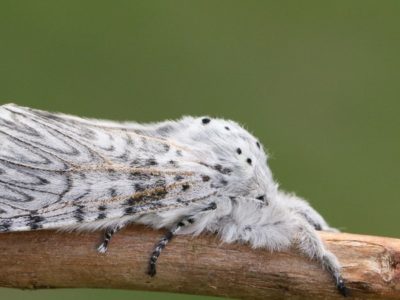
Puss Moth
Caterpillars squirt formic acid!

Quail
Inhabits woodland and forest areas worldwide!
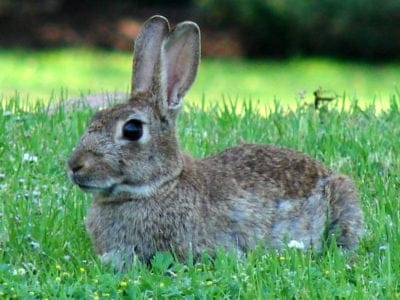
Rabbit
There are more than 300 different species!
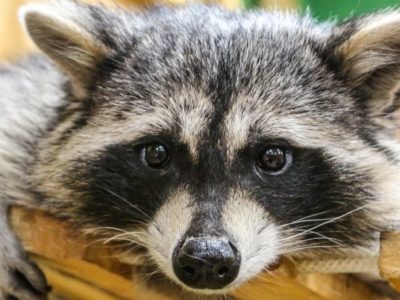
Raccoon
Known to wash their food before eating it!
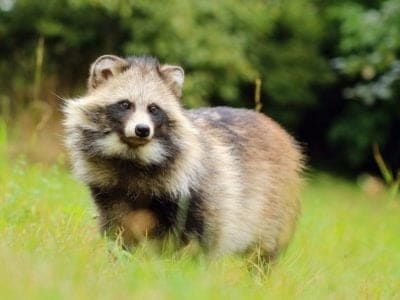
Raccoon Dog
The only hibernating canine!

Rat
Omnivores that eat anything!
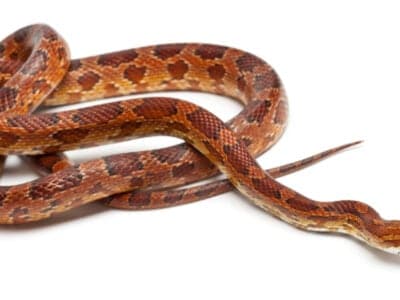
Rat Snakes
Rat snakes are constrictors from the Colubridae family of snakes.

Red Deer
A male red deer shows his age in his antlers, which become longer and more branched every year.
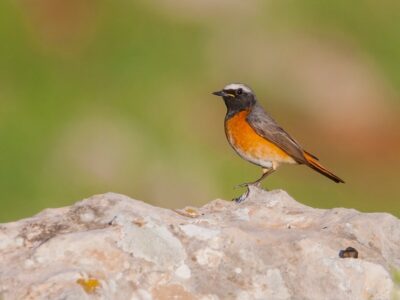
Redstart
They build their nests off the ground in tree holes, cavities, stone walls, and roofs

River Turtle
Inhabits freshwater habitats around the world!

Robin
There are more than 45 species in Australia alone!

Rodents
The capybara, the world’s largest rodent, likes to be in and around bodies of water. Because of this, the Catholic Church in South America decided that it was a fish, and people were allowed to eat it during Lent and First Fridays.
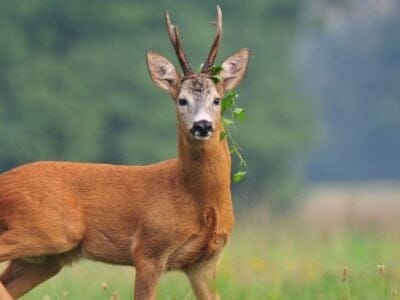
Roe Deer
The roe is one of the most popular game animals in Europe

Rooster
Will mate with the entire flock!
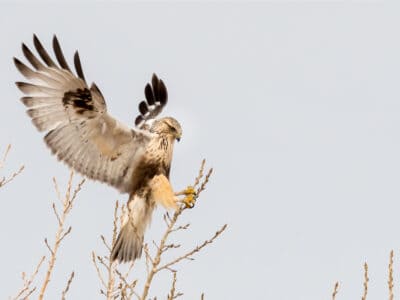
Rough-Legged Hawk (Rough-Legged Buzzard)
Its scientific name, lagopus, is Ancient Greek for “hare” and “foot,” referring to its feathered feet and toes.

Sable Ferret
Ferrets were used during the Revolutionary War to keep down the rat population.
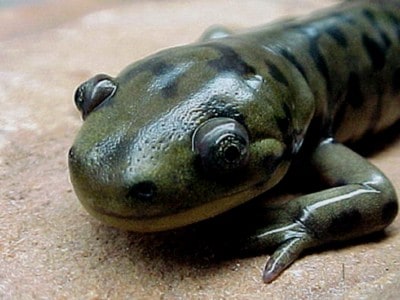
Salamander
There are more than 700 different species!
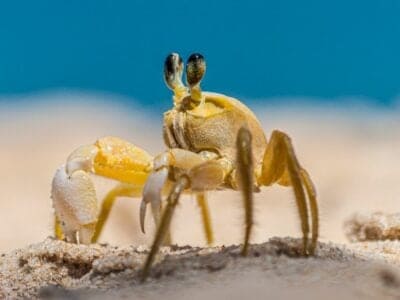
Sand Crab
The sand crab burrows beneath the sand with its tail
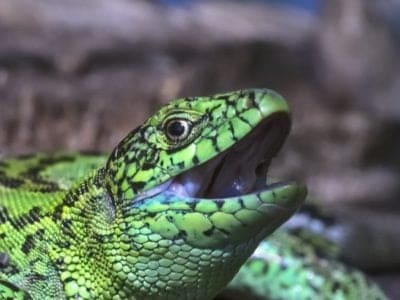
Sand Lizard
Males turn green in spring!

Scorpion
There are around 2,000 known species!

Sea Eagle
The sea eagle tends to mate for life with a single partner

Seahorse
Males give birth to up to 1,000 offspring!

Sheep
Around 35 million in the English countryside!
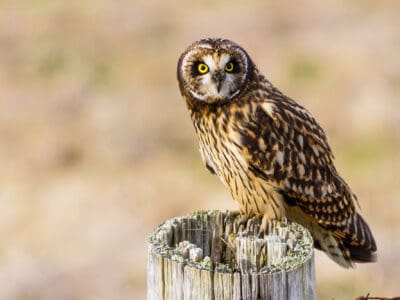
Short-Eared Owl
The short-eared owl is one of the most widespread owl species in the world, covering five continents.

Shrew
The spinal column of the shrew Scutisorex somereni is so strong and reinforced that it can support the weight of an adult human.

Shrimp
There are 2,000 different species worldwide!

Skink Lizard
Some skinks lay eggs in some habitats while giving birth to skinklets in other habitats.
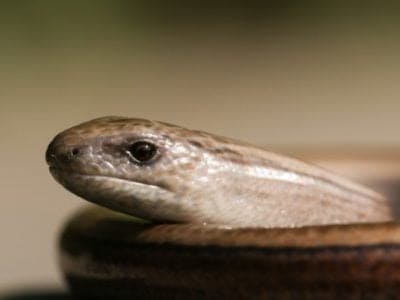
Slow Worm
Found widely throughout British gardens!

Slug
They glide around on one foot, which is aided by the slime they produce

Smokybrown Cockroach
Has up to 45 eggs per egg case

Snail
There are nearly 1,000 different species!

Snake
There are around 4,000 known species worldwide
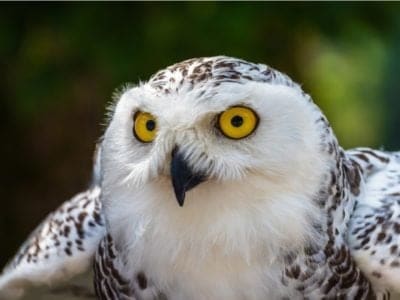
Snowy Owl
One of the largest owl species in the world!
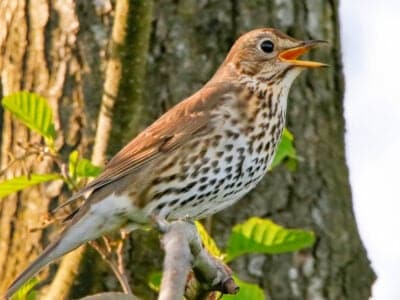
Song Thrush
A male song thrush can have over 100 phrases in his repertoire of songs and can imitate pet birds, telephones and other man-made objects.
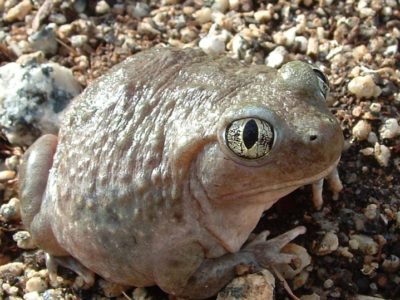
Spadefoot Toad
They spend most of their time underground!

Sparrow
There are 140 different species!

Spider Wasp
They prey on spiders to feed their larvae or they parasitize other spider wasps.

Squirrel
Small rodents found in woodlands worldwide!

Stick Insect
There are more than 3,000 different species!
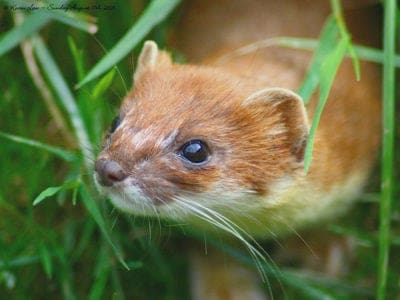
Stoat
Average adults weigh about 200 grams!
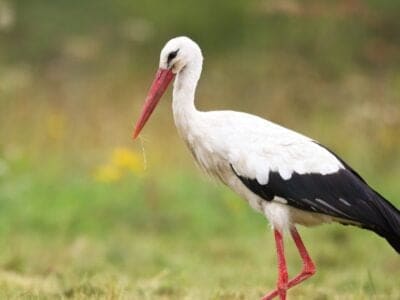
Stork
They can’t sing like other birds.

Swan
Populations have been affected by pollution!
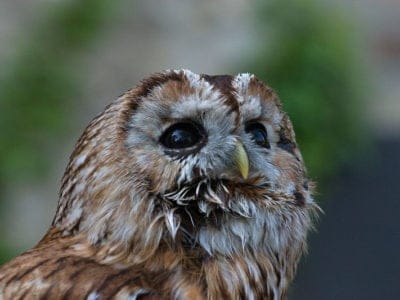
Tawny Owl
The most widespread owl in Europe!

Termite
Their mounds can be up to 9 meters tall!

Thrush
The American robin is called the robin because its red breast reminded European settlers of the robin back in the old country.

Tick
They inject hosts with a chemical that stops them from feeling the pain of the bite

Tiger Beetle
The adult tiger beetle is one of the fastest land insects in the world
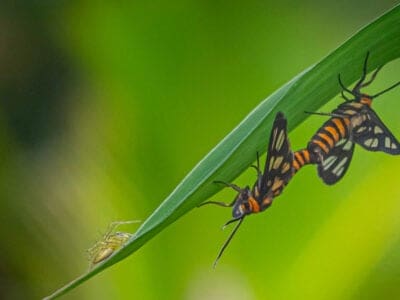
Tiger Moth
The bright colors of this moth are a signal to predators that it has a terrible taste.

Tortoise
Can live until they are more than 150 years old!

Tree Frog
Found in warmer jungles and forests!

Turtles
Some species of aquatic turtles can get up to 70 percent of their oxygen through their butt.
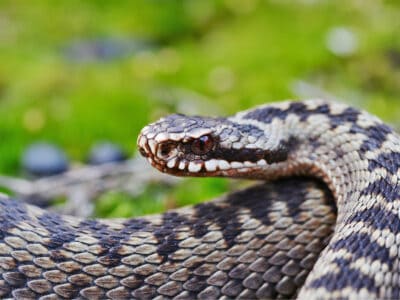
Viper
Vipers are one of the most widespread groups of snakes and inhabit most

Vulture
There are 30 different species worldwide!

Wasp
There are around 75,000 recognised species!
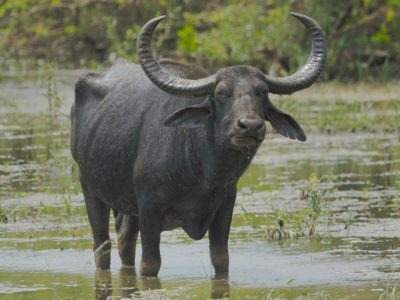
Water Buffalo
Has been domesticated for thousands of years!
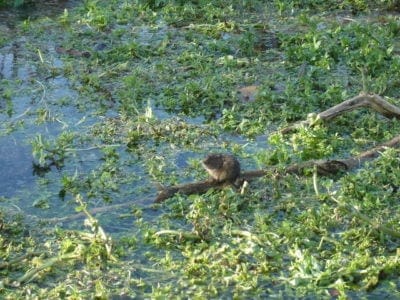
Water Vole
The largest Vole species in the UK!
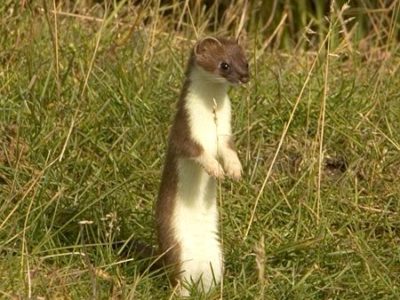
Weasel
The smallest carnivorous mammal in the world!

White Ferret / Albino Ferrets
There are two different types of white ferrets!
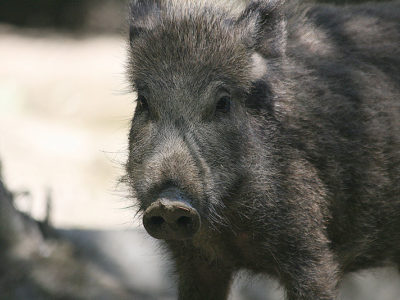
Wild Boar
Males have a top tusk to sharpen the bottom one!
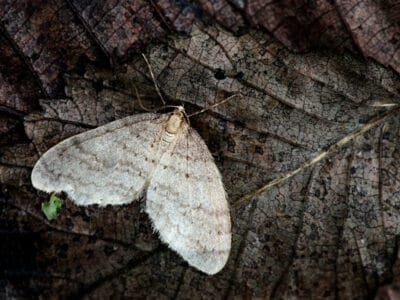
Winter Moth
Only the males fly and the females walk.
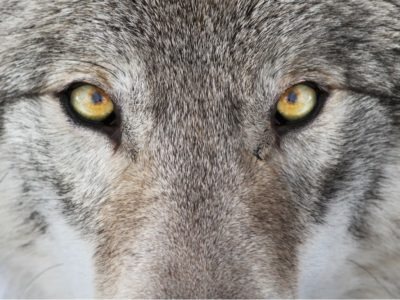
Wolf
Thought to date back more than 300,000 years!

Wolf Spider
Carnivorous arachnid that hunts its prey.

Woodlouse
This animal can roll up into a ball
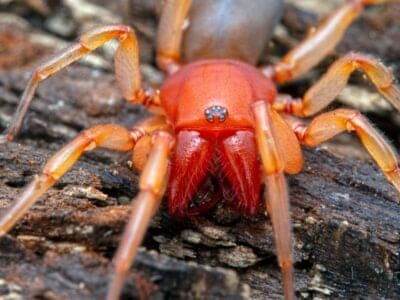
Woodlouse Spider
Unlike most spiders, woodlouse spiders don’t build a web.

Woodpecker
There are 200 different species!

Worm
Doesn’t have eyes.
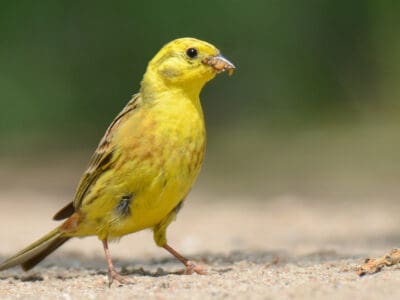
Yellowhammer
It interbreeds with the pine bunting
Georgian Animals List
- Admiral Butterfly
- Angora Goat
- Ant
- Armyworm
- Aurochs
- Avocet
- Badger
- Barn Owl
- Barn Swallow
- Bat
- Bed Bugs
- Bee
- Beetle
- Beewolf wasp
- Bird
- Biscuit Beetle
- Black Widow Spider
- Brazilian Treehopper
- Brown Bear
- Brown Dog Tick
- Bumblebee
- Butterfly
- Camel Cricket
- Carpenter Ant
- Cat
- Caterpillar
- Catfish
- Caucasian Mountain Dog (Shepherd)
- Caucasian Shepherd
- Centipede
- Chamois
- Chicken
- Cinereous Vulture
- Cockroach
- Codling Moth
- Common Buzzard
- Common Frog
- Common Furniture Beetle
- Common House Spider
- Common Loon
- Common Raven
- Common Toad
- Cormorant
- Cow
- Crab
- Crab Spider
- Crane
- Cricket
- Crow
- Cuckoo
- Deer
- Dog
- Dog Tick
- Donkey
- Dormouse
- Dragonfly
- Duck
- Dung Beetle
- Eagle
- Earthworm
- Earwig
- Edible Frog
- Eel
- Egyptian Vulture
- Eurasian Bullfinch
- Eurasian Eagle-owl
- Eurasian Jay
- European Bee-Eater
- European Goldfinch
- European Robin
- Falcon
- False Widow Spider
- Ferret
- Fire-Bellied Toad
- Firefly
- Flea
- Fly
- Flying Squirrel
- Fox
- Frog
- Fruit Fly
- German Cockroach
- Glass Lizard
- Glowworm
- Gnat
- Goat
- Golden Eagle
- Golden Oriole
- Goose
- Grasshopper
- Gypsy Moth
- Hamster
- Hare
- Hawk Moth Caterpillar
- Hedgehog
- Heron
- Highland Cattle
- Honey Bee
- Honey Buzzard
- Hoopoe
- Horse
- Horsefly
- Housefly
- Human
- Huntsman Spider
- Insects
- Jackdaw
- Jumping Spider
- Kingfisher
- Ladybug
- Leech
- Lemming
- Linnet
- Lizard
- Locust
- Long-Eared Owl
- Long-Tailed Tit
- Magpie
- Marsh Frog
- Mayfly
- Mealybug
- Millipede
- Mole
- Mongrel
- Moorhen
- Mosquito
- Moth
- Mouse
- Mule
- Neanderthal
- Nematode
- Newt
- Nightingale
- No See Ums
- Nose-Horned Viper
- Orb Weaver
- Ortolan Bunting
- Osprey
- Otter
- Owl
- Peppered Moth
- Peregrine Falcon
- Pheasant
- Pig
- Pigeon
- Pika
- Pine Marten
- Pond Skater
- Pool Frog
- Porcupine
- Purple Emperor Butterfly
- Puss Moth
- Quail
- Rabbit
- Raccoon
- Raccoon Dog
- Rat
- Rat Snakes
- Red Deer
- Redstart
- River Turtle
- Robin
- Rodents
- Roe Deer
- Rooster
- Rough-Legged Hawk (Rough-Legged Buzzard)
- Sable Ferret
- Salamander
- Sand Crab
- Sand Lizard
- Scorpion
- Sea Eagle
- Seahorse
- Sheep
- Short-Eared Owl
- Shrew
- Shrimp
- Skink Lizard
- Slow Worm
- Slug
- Smokybrown Cockroach
- Snail
- Snake
- Snowy Owl
- Song Thrush
- Spadefoot Toad
- Sparrow
- Spider Wasp
- Squirrel
- Stick Insect
- Stoat
- Stork
- Swallowtail Butterfly
- Swan
- Tawny Owl
- Termite
- Thrush
- Tick
- Tiger Beetle
- Tiger Moth
- Tortoise
- Tree Frog
- Turtles
- Viper
- Vulture
- Wasp
- Water Buffalo
- Water Vole
- Weasel
- White Ferret / Albino Ferrets
- Wild Boar
- Winter Moth
- Wolf
- Wolf Spider
- Woodlouse
- Woodlouse Spider
- Woodpecker
- Worm
- Yellowhammer
Georgia FAQs (Frequently Asked Questions)
What animals live in the country of Georgia?
Georgia contains a rich panoply of mammalian wildlife, including rodents, bats, hares, deer, wild boar, goats (both wild and domesticated), and carnivores (like weasels, raccoons, and foxes). Common birds include eagles, hawks, falcons, ducks, plovers, larks, warblers, sparrows, and finches. Reptiles, amphibians, insects, and other invertebrates are abundant almost everywhere. The freshwater areas also teem with fish.
Are there bears in the country of Georgia?
The remote mountains and forests of Georgia form a perfect habitat for the Eurasian brown bear. Although it was once threatened by hunting and habitat loss, numbers have now increased back to respectable levels of a few hundred.
Are there lions in the country of Georgia?
One thing that many people may not know is that the Asiatic lion (a subspecies of the lion) once lived as far north as the Caucasus. It probably became locally extinct from Georgia a few hundred years ago.
Are there moose in Georgia?
The Caucasian moose subspecies once lived in Georgia as recently as the 18th and 19th centuries. It eventually became extinct from habitat loss and overhunting.
Are there tigers in Georgia?
The Caspian tiger survived in Georgia all the way to the early 20th century. The subspecies went completely extinct in 2003.





